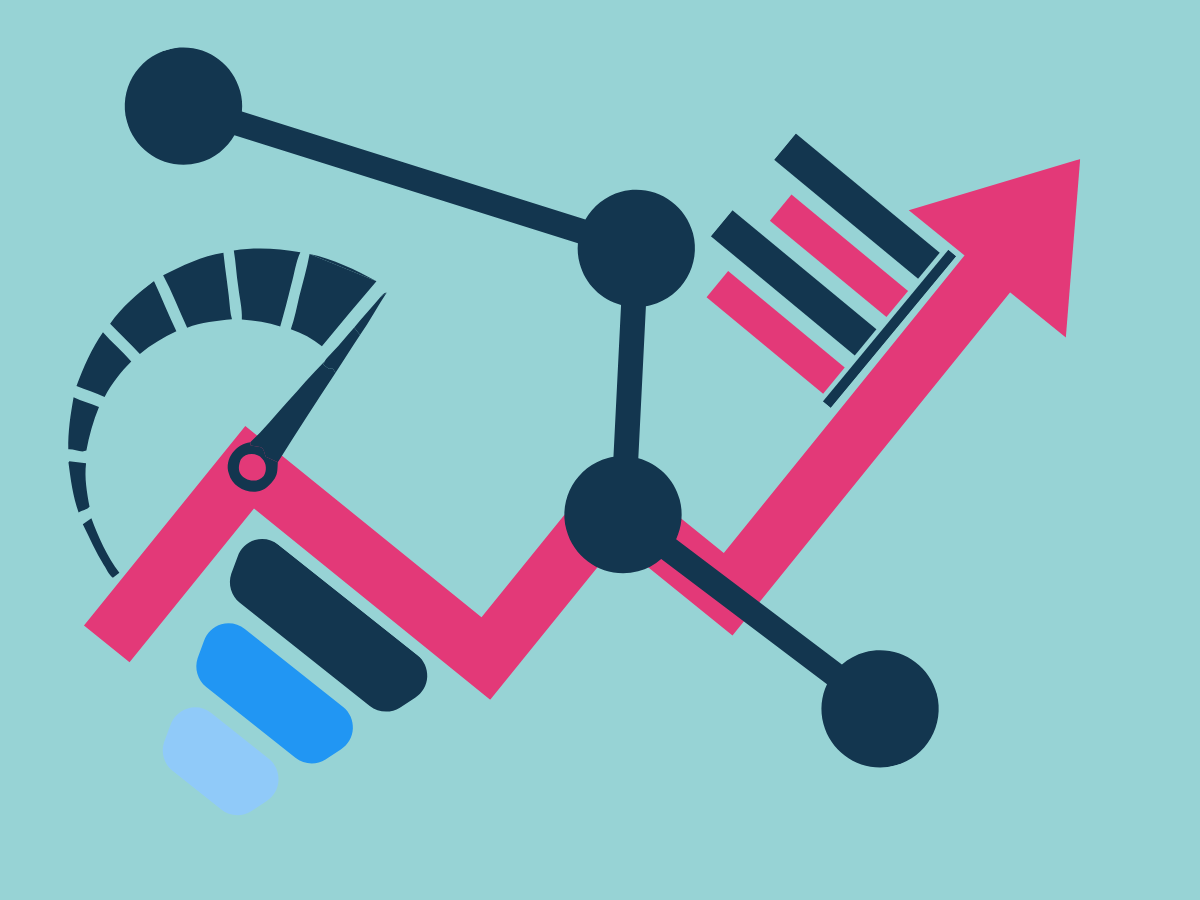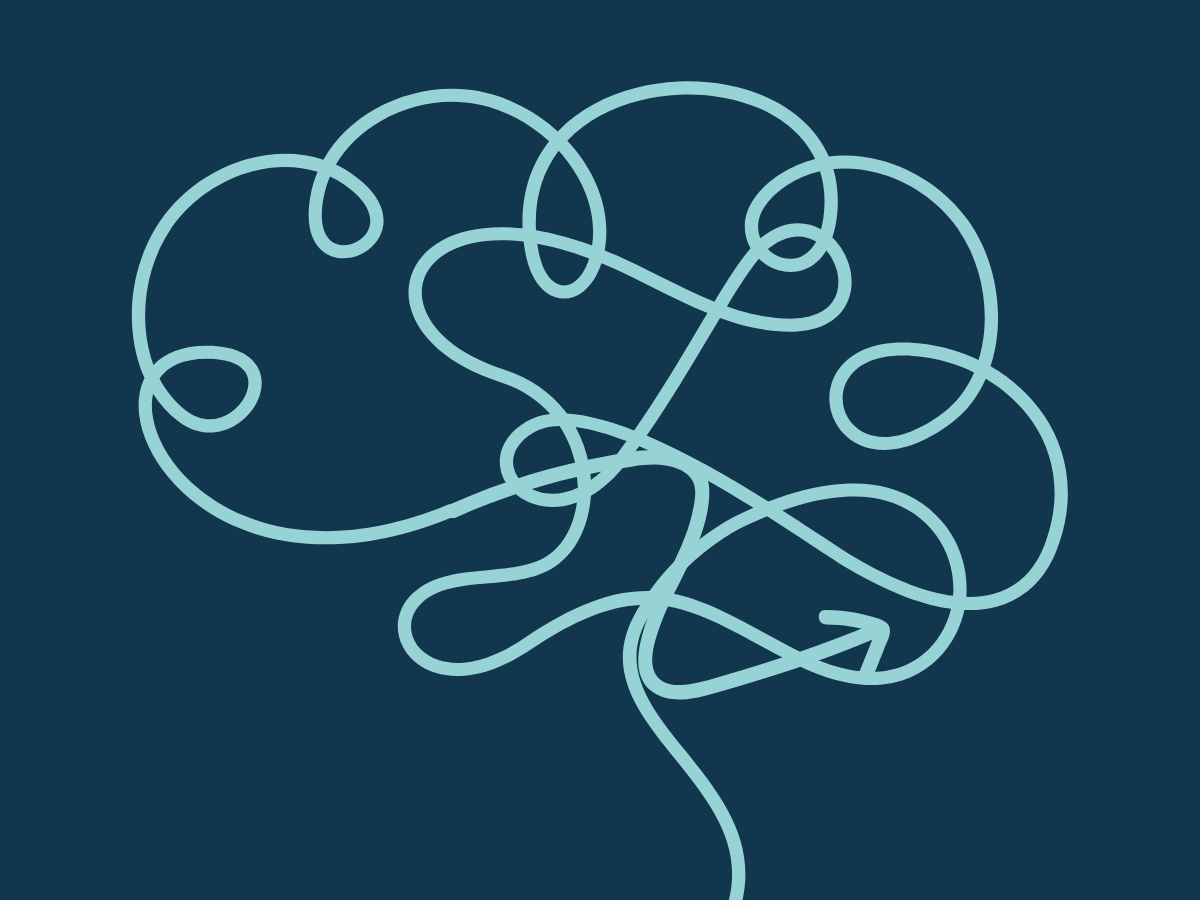Unlocking the power of intelligent personalization to increase Average Order Value (AOV)

The eCommerce landscape is ever-evolving, and customer expectations are continuously shifting. As a result, eCommerce businesses have had to step up their game with features such as personalized recommendations.
However, intelligent personalization goes beyond recommendations and taps into the power of data to improve the shopping experience.
Let's explore how to use intelligent personalization to increase Average Order Value.
Intelligent personalization isn't just about tailoring the shopping journey; it's about understanding your customers' needs at their core and using data to meet them head-on. This level of personalization can turn browsers into buyers, and small purchases into larger ones, ultimately increasing the Average Order Value (AOV).
Optimize and Personalize Product Recommendations
One of the most effective ways to increase AOV is to encourage customers to add more items to their carts or baskets. Personalized product recommendations based on customer data can be powerful in driving sales.
Ensuring recommendations are as personalized as possible requires responding to a lot of data points in a granular way. This can be much more effectively done with algorithms and machine learning (ML).
As we discussed in our recent piece, '5 Tactics to Personalize a Customer Journey', the recommendation engine in eCommerce platforms plays a vital role in enhancing a customer's overall experience. There are several different types of recommendation that may be more effective based on the context:
'Customers also bought' Recommendations
This type of recommendation showcases items that other customers purchased in combination with the product the customer is currently viewing. These recommendations harness the power of customer behavior and trends to promote additional purchases.
'Frequently bought together' Suggestions
Particularly popular in industries like fashion and electronics, these recommendations encourage customers to buy complementary items. For instance, if a customer is buying a laptop, they might be prompted to consider purchasing a laptop bag or mouse as well.
'Recently Viewed' Products
By reminding customers of products they've looked at before, eCommerce businesses can help customers pick up where they left off, renewing their interest in a product they were previously considering.
Upselling and Cross-selling
Upselling encourages customers to buy a higher-end product than the one they're considering or buy a larger quantity of a product, while cross-selling suggests related or complementary products.

Dynamic Pricing and Promotions
Dynamic pricing is a pricing strategy in which the price of goods or services is continuously adjusted based on internal or external factors such as time of day, weather, or current inventory levels.
By leveraging customer data, businesses can also personalize pricing for individual customers, offering discounts or promotions based on their purchasing history or behavior.
Dynamic pricing and promotions can be used in several ways to increase average order value:
Time-Based Pricing
This involves adjusting prices based on the time of day, week, or season. For instance, an eCommerce business may offer early bird discounts for customers who shop in the morning or off-peak discounts for those shopping late at night.
Demand-Based Pricing
In this strategy, prices fluctuate based on product demand. During periods of high demand, prices may increase. Conversely, during periods of lower demand, prices may decrease to stimulate sales.
Segmented Pricing
Here, different prices are set for different customer segments based on their purchasing behavior, geographic location, or demographic characteristics. For example, frequent buyers might have access to special discounts, while new visitors may be offered promotional deals to encourage their first purchase.
Peak Pricing
This strategy involves raising prices when demand is expected to spike, such as during holidays or special events. This can help businesses manage inventory and maximize profits.
Category Promotions
These are unique offers tailored to individual customers based on their browsing or purchasing history. For instance, a customer who frequently purchases skincare products may be offered a discount on a new skincare range.
Create Urgency
Creating a sense of urgency is a tried-and-tested tactic in eCommerce that can be enhanced through personalization. When customers are shown personalized messages such as “Only one left in stock” or “Sale ends in 30 minutes,” the sense of urgency and FOMO is even more intense.
This can drive customers to purchase and increase their overall order value as they include more items to secure the deal.
Countdown Timers
Countdown timers can be a powerful tool to incite urgency. These can be used to highlight the end of a sale, the final hours before a discount expires, or the time left to get next-day shipping.
Seeing the time tick down creates a sense of urgency and prompts customers to make a purchase more quickly.
Limited Stock Indicators
Showing that quantities of a product are limited can also create a sense of urgency and exclusivity. Messages like "Only 5 items left in stock" or "20 people are viewing this product" can drive a customer to make a purchase before the item runs out or gets sold to someone else.
Flash Sales
Flash sales are short, time-bound sales events that offer significant discounts. The limited timeframe and deep discounts create a sense of urgency and can drive large volumes of sales in a short period.
However, these should be used sparingly to avoid devaluing products or services.
Last Chance Emails
Sending "last chance" emails to customers who have shown interest in a product but have not yet made a purchase can be a great way to create urgency. These emails can remind customers that a sale is about to end or a product they're interested in is almost out of stock.
Out-of-Stock Notifications
For products that are already out of stock, offering customers the option to be notified when the product is back in stock can create a sense of anticipation and urgency for when the product becomes available again.
This can lead to a quick sale once the product is restocked.
Offer Bundles, Cross-sells, and Upsells
Intelligent personalization can also offer customers personalized bundles of products based on their browsing or purchasing history. Cross-selling and upselling products in real-time based on customer data can significantly increase their AOV.
Product Bundling
Product bundling is a strategy where multiple products are sold as a single package or 'bundle'. An example of this might be a 'photography starter kit' that includes a digital camera, a camera bag, a memory card, and a cleaning kit.
By presenting this as a bundle, the customer perceives the value of getting all products together at a lower price than if they were bought separately.
Cross-Selling
Cross-selling involves recommending related or complementary products to what the customer is already interested in. For example, if a customer is looking at running shoes, a cross-sell might be running socks or a hydration belt.
The aim of cross-selling is to increase the value of the customer's purchase by adding relevant items.

Upselling
Upselling encourages customers to purchase a more expensive variant of the item they're considering, or a greater quantity of the item. For instance, if a customer is looking at a smartphone with 64GB of storage, an upsell would be a similar model but with 128GB of storage. Or, it could be buying five pairs of underwear rather than three.
With upselling, it's all about enhancing the features or quality of the purchase, thereby increasing the purchase value.
Customize the Checkout Experience
The checkout experience is a crucial factor in eCommerce that often goes overlooked. Personalizing the checkout experience can improve the overall customer experience and increase AOV.
In the pursuit of higher Average Order Value (AOV), don't be afraid to experiment and innovate. Each business is a unique ecosystem, and what works for one may not work for another. Test, learn, and adapt. Your eCommerce success lies not in following the crowd, but in understanding your customer and daring to deliver value in your own unique way.
This can be achieved by offering personalized upsells, messaging, or even free shipping for orders exceeding a certain value.
Personalization in eCommerce goes beyond recommendations and can increase AOV by tapping into the power of data.
By implementing intelligent personalization strategies, businesses can provide customers with a more personalized and engaging shopping experience, driving increased sales and revenue.
By taking advantage of this powerful tool, businesses can stay ahead of the competition and create longer-lasting customer relationships.
Check out our eCommerce personalization platform which can help drive higher Average Order Values.





